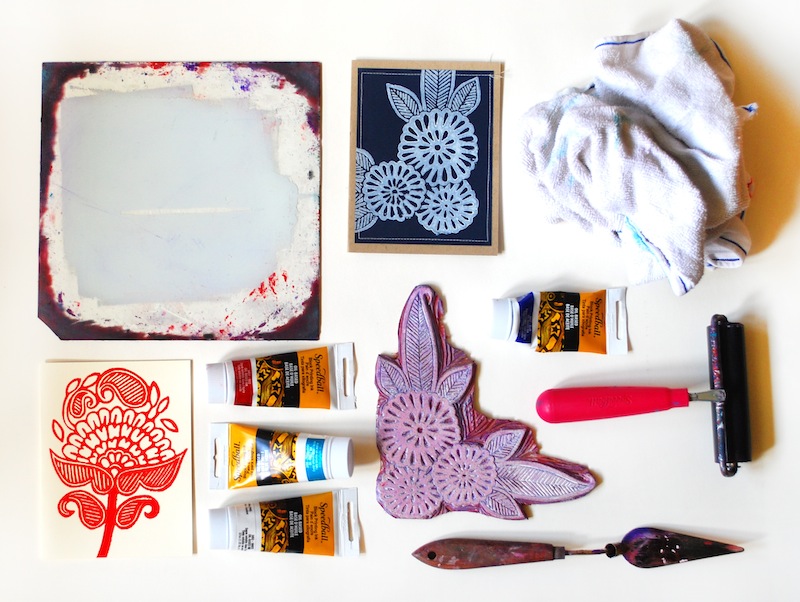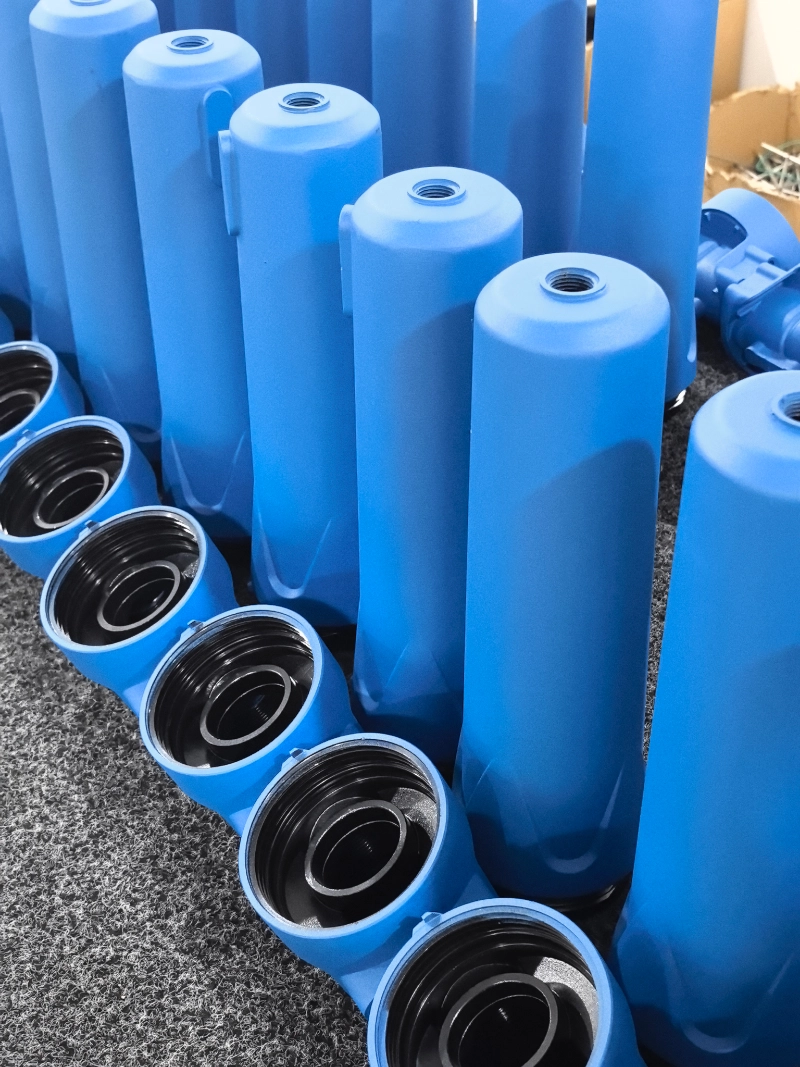In today's digital age, printing technology plays a crucial role in various industries, from publishing and advertising to manufacturing and packaging. With a plethora of options available, it can be challenging to determine which printing technology is best suited for specific needs. In this blog post, we will delve into the intricacies of different printing technologies, analyzing their strengths, weaknesses, and applications. By the end, you will have a clear understanding of the best printing technology for your requirements.
- Offset Printing:
Offset printing, also known as lithography, has been a staple in the printing industry for decades. It involves transferring ink from a plate to a rubber blanket and then onto the printing surface. This technology offers exceptional image quality, color accuracy, and consistency, making it ideal for high-volume projects such as magazines, brochures, and newspapers. However, offset printing requires significant setup time and is less cost-effective for small print runs. - Digital Printing:
Digital printing has revolutionized the printing industry by enabling quick and cost-effective production of small to medium print runs. Unlike offset printing, it eliminates the need for plates and allows for on-demand printing. Digital printing offers excellent flexibility, allowing customization and personalization of each print piece. It is widely used for business cards, flyers, and short-run marketing materials. However, digital printing may not match the color accuracy and image quality of offset printing for large-scale projects. - Flexography:
Flexography, commonly used in the packaging industry, utilizes flexible relief plates and fast-drying inks. It is well-suited for printing on various substrates, including plastics, foils, and cardboard. Flexographic printing excels in producing high-quality, vibrant images and is often used for labels, flexible packaging, and corrugated boxes. However, it may not be the most cost-effective option for small print runs due to plate setup costs. - Screen Printing:
Screen printing, also known as silk screening, involves pushing ink through a mesh stencil onto the printing surface. It is a versatile printing technology suitable for a wide range of materials, including textiles, ceramics, and glass. Screen printing offers excellent durability and vibrant colors, making it popular for apparel, promotional products, and signage. However, it is time-consuming and less efficient for large-scale production compared to other printing technologies.
Conclusion:
Choosing the best printing technology depends on various factors, including the desired print quality, quantity, substrate, and budget. Offset printing is ideal for high-volume projects requiring exceptional image quality, while digital printing offers flexibility and cost-effectiveness for smaller print runs. Flexography excels in printing on packaging materials, and screen printing provides durability and vibrant colors for various applications. By understanding the strengths and weaknesses of each technology, you can make an informed decision that aligns with your specific printing needs.




More Stories
Exploring New Chapters of Development Together! Shuifa Singyes New Materials Participates in C-Touch & Display Shenzhen 2025 and Commercial Display
How to Choosing the Best Cylinder Essential Oil Packaging Box for Your Brand
Mechanisms of Damping Deadening Rubber Sheets: How They Reduce Vibration and Noise